First Australians have been marrying for thousands of years on the land we now call Australia. Terra Australis, the southern land, was home to people well before the Dutch or the British “discovered” it, so as much as Australian law requires us to identify that we the celebrants are authorised to marry people according to Australian law, common decency would see us acknowledge the truth of the land we stand on to create ceremony.
Australia may call itself a sovereign state, but the Australia’s first people never ceded sovereignty. Those same First Nations people also acknowledge the power and the value of marriage. Celebrants, as the custodians of more than 80% of Australia’s marriage ceremonies each year, have a role to play in respecting the First Nations people’s place in our society, and acknowledging the country our ceremonies take place on.
Within different Aboriginal nations there were four generally accepted key elements of marriage:
- The couple should be eligible to marry according to local rules defining ‘ideal preferences and accepted authorities’.
- Appropriate betrothal arrangements should have been made between the two kin groups concerned. An exchange of gifts ratifies the contract.
- Actual marriage may be distinguished from the betrothal when the parties cohabit publicly and take on ‘marital responsibilities including sexual relations’.
- The union is considered to be strengthened by the birth of the first child.
Today, marriage in Australia is a little simpler, especially considering the First Nations people need not seek special permission from the State to marry.
Despite marriage being simpler, and not requiring strengthening with a child (though I highly recommend it), I would encourage my fellow celebrants to pay respect and honour to Australia’s First Nations people by acknowledging them in our marriage ceremonies.
Aboriginal ceremony is filled with song and dance, which is beautiful, but I would protest against any forced cultural appropriation. There need not be any disingenuous, or forced, cultural gestures or facsimiles of First Nations culture displayed in our weddings when it’s just not appropriate. There’s nothing more awkward or weird than seeing that kind of thing end up on the news.
What can we do though? A good start would be to learn more, ask questions, about Australia’s history, particularly how the idea of Australia being one big country of First Nations people for thousands of years isn’t the case. Australia is historically hundreds of nations. My encouragement would be for you to bring an Acknowledgement of Country into your wedding ceremonies.
What to say in an Acknowledgement of Country
Jens Korff of Creative Spirits gives the following advice on what words to use in an Acknowledgement of Country:
‘Custodians’ or ‘owners’? Both terms are in use. ‘Custodians’ reminds of the ongoing obligation to look after country, and that Aboriginal people don’t own the land, but it owns them. ‘Owner’ reminds that their land was never formally ceded to anyone and of Australia’s history of denying ownership and Aboriginal people’s sovereignty over their lands. Some Aboriginal organisations refer to ‘traditional owners’ (TOs) themselves while others dislike the term. A descendant of the Aboriginal people of the Mackay Region told me that he “prefer[s] to be identified as a Traditional Custodian and not a Traditional Owner as I do not own the land but I care for the land.” [6]
Include both groups. Always use “Aboriginal and Torres Strait Islanders” to include both distinct First Nations groups.
Respect Elders. I’ve capitalised “Elders” as a sign of respect.
Include land. Always include a reference to Aboriginal land.
Be personal. I’ve used “I” rather than the organisation’s name, or “we”, to make the acknowledgement more personal. (It’s a single person speaking, after all.)
I would add: be genuine.
Copy and pasting an Acknowledgement of Country from a website, even if you copied and pasted one I’m about to do below, can often seem bogus even though it comes with good intentions.
The welcome and acknowledgement is by nature something that would happen early in the ceremony, but it does not have to be the opening line. It would be more genuine if it was part of a general welcoming and introduction ceremony.
The best Acknowledgement of Country I’ve heard was spoken by Daniel Browning at a podcasting conference I attended in Sydney in 2017. You can listen here, it’s really well done. My Acknowledgement of Country is heavily inspired by Daniel’s.
The Play School Acknowledgement of Country is powerful and beautiful as well. If you’ve seen an Acknowledgement of Country I’d love for you to share it with me and I’ll add it to this article.
An example Acknowledgement of Country from one of my ceremonies
To acknowledge something is to admit that you know, that you accept the truth of something. When you say sorry you acknowledge your mistake, and with that language you atone. When you acknowledge someone else’s country, you accept that you are a visitor. Today, in Person A and Person B’s wedding ceremony I acknowledge the traditional custodians of this land, that we are visitors in their country, [if I know the name of the country and its people I will acknowledge them here], I acknowledge their Elders past and present.
Acknowledging is literally the purpose of ceremony, it’s why we gather. A marriage ceremony is a moment we set aside to acknowledge that something important, something valuable, and something beautiful is happening in our midst, that Person A and Person B are becoming a married couple. It’s with our language today we create their marriage, and with yours that we accept and celebrate it.
Why is this important?
Our words matter. What we say, the words we breathe and release into our space, matters. That is our job as celebrants, to speak, and what we say matters. Taking that into account along with our actual literal given name – celebrant – I would argue that it is our profession to celebrate – to acknowledge the good around us, and to celebrate it.
Acknowledging Country is important for Australians, for our First Nations people, and for those of us that create ceremony.
My personal pledge moving forward is to bring an Acknowledgement of Country into all of my speaking engagements and ceremonies.
The feature art for this blog post is by Matt Chun from @un_monumental on Instagram, this post in particular is worth viewing on Instagram along with the multiple slides which tell a powerful story of Australia’s First People.

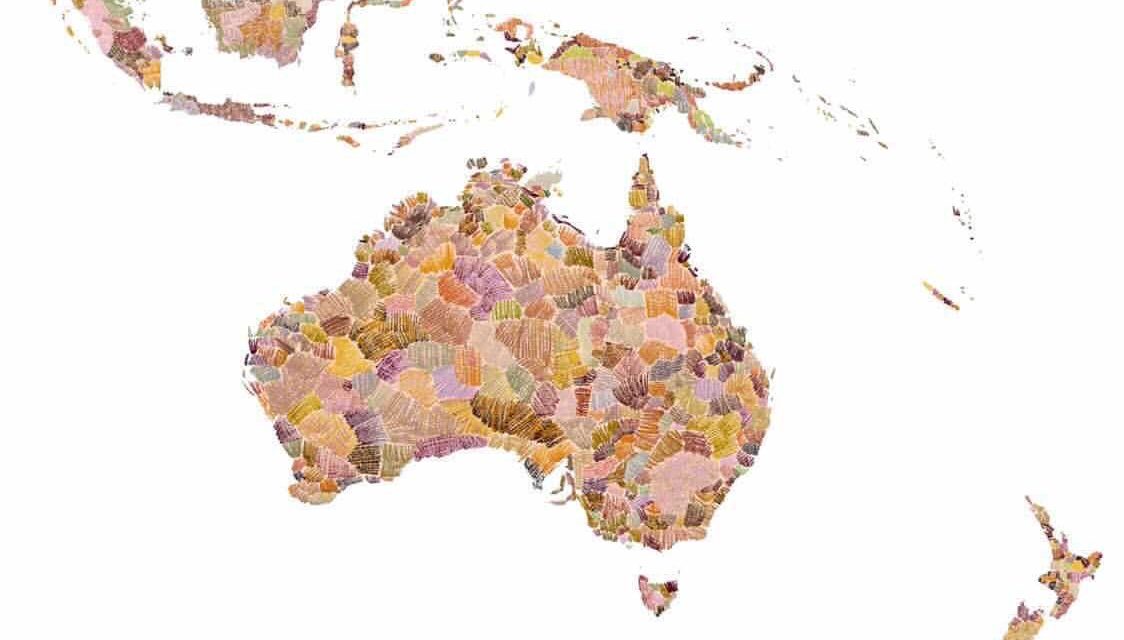

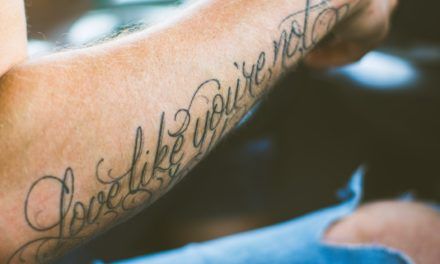
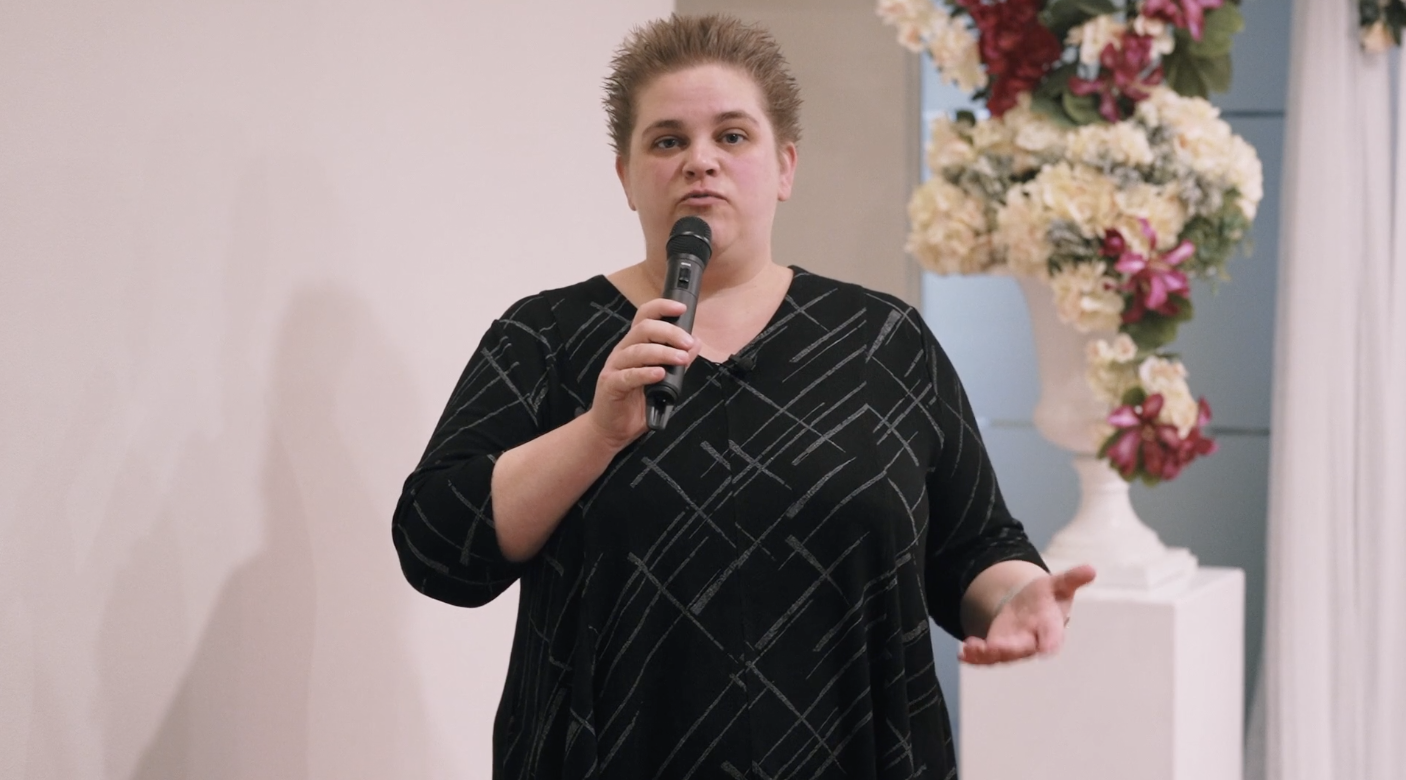
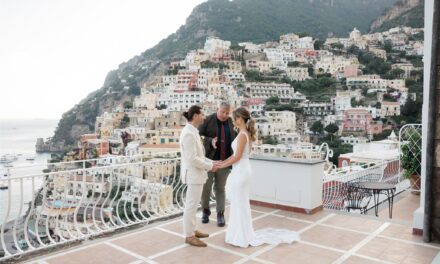
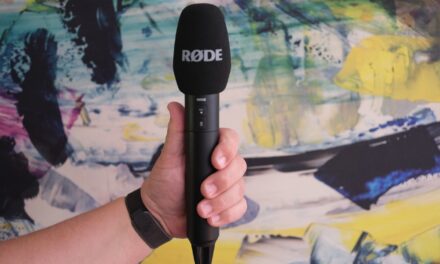
One of our readers, celebrant Ro Bailey, sent this in as a sample Acknowledgement of Country; she’s very happy for other celebrants to use it!
“We came here today in the footsteps of our First peoples. We acknowledge that we are gathered on the traditional country of the ………. people and that sovereignty has never been ceded. We pay our respects to the wisdom of the elders both past and present, and their living culture which continues today. We acknowledge that ceremonies of celebration and renewal have taken place on this land for many thousands of years, and we thank the ancestors for their care of country.”
That’s beautiful Ro – Thanks for sharing..
Thank You Ro… it’s lovely and yes, will definitely borrow your words for my ceremonies.
Thanks for the read, Josh. Also, thank you Ro for the above and the option of using your words in our ceremonies
Really well put. I often see acknowledgement of country hotly debated in wedding planning groups on social media. Many people have their opinions. I personally find it very appropriate and important to acknowledge the beautiful land we have, and also the people that have cared for it for tens of thousands of years.